Video on when to change gear in a car
Subscribe for more tips on our YouTube channel
Swipe right for more >>>
If you're learning to drive a manual / stick shift car then knowing when to change gear is important.
If you want to know how to change gear then have a look here. If you're struggling with how to do clutch control then press here.
If you want to know how to change gear then have a look here. If you're struggling with how to do clutch control then press here.
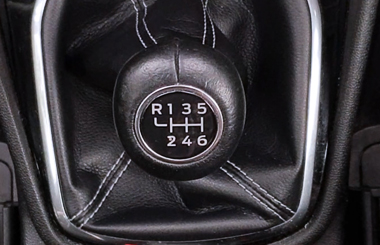
Get confident with changing gear.
Before you start driving make sure you're confident with where each gear is positioned as you don't want to look down at the gear lever while you're driving. It's well worth practicing changing gear while you're stationery and the engines off.
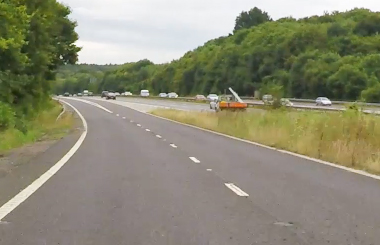
When to change gear.
As a general rule, when your car increases speed you'll also have to change up through the gears as you can only get so much speed out of each gear.When to change gear can vary depending on the car, whether you're driving up or downhill or a flat road and how much weight is in your car.
It's not precise but depending on how fast you want to accelerate, on a flat road you'd change up to 2nd gear roughly at about 10mph. It's best to get used to the sound of the engine rather than looking at the dials.
Change gear when the engine get's louder and sounds like it's working too hard. The louder it get's, the more fuel it uses.
Again, depending on how fast you want to accelerate, change up to 3rd gear at about 20mph.
The lower gears provide the most pulling power. If you're joining a fast, busy road or a motorway for example and need more acceleration then you'll probably change gear later at slightly faster speeds. The higher gears provide more speed.
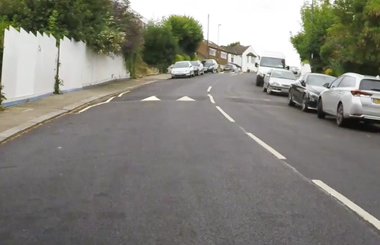
Uphill.
When driving up steep hills you should build up momentum and change up gear at a higher speed than you would on a flat road. If you don't then gravity will slow the car down quickly and make it struggle.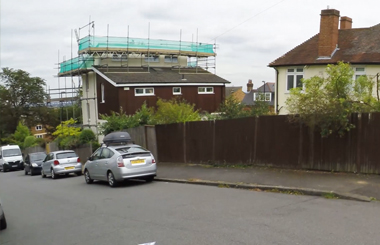
Low gears vs high gears.
You'd normally move off in 1st gear as it provides the most pulling power. Also for speeds below roughly 10mph and driving up or down very steep hills.It's easier to maneuver the car in low gears at slow speeds.
6th gear provides the fastest speeds but the least pulling power. If you move off in a high gear then the car will stall and you'll have to restart the engine.
You'd change to a lower gear after you've slowed down. As a rough guide if you're driving below 20mph then you'll need 2nd. Drive below 10mph and you'll need 1st.
You'll also have to change to a lower gear if you need more power from the engine. For example if you're driving up a steep hill and the car isn't responding to you pressing the gas, the car is struggling, making a low rumbling sound then change down. You can also change to a lower if you need extra acceleration to overtake safely.
When to change gear can vary depending on the car, whether you're driving up or downhill or a flat road and how much weight is in your car.
It's not precise but depending on how fast you want to accelerate, on a flat road you'd change up to 2nd gear roughly at about 10mph. It's best to get used to the sound of the engine rather than looking at the dials.
Change gear when the engine get's louder and sounds like it's working too hard. The louder it get's, the more fuel it uses.
Again, depending on how fast you want to accelerate, change up to 3rd gear at about 20mph.
The lower gears provide the most pulling power. If you're joining a fast, busy road or a motorway for example and need more acceleration then you'll probably change gear later at slightly faster speeds. The higher gears provide more speed.

Engine braking.
Driving in low gears when going down steep hills keeps the car slower and you don't have to brake as much than if you were in a higher gear. This is called engine braking.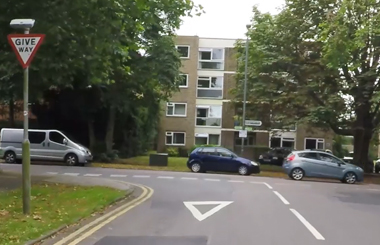
Block gear changing.
There's certain situations where you can block gear change, which is basically skipping gears. You don't have to change 3rd to 2nd to 1st but change straight to 1st.For example, you can slow down in 3rd gear below 10mph and change straight to 1st gear. Slow down to the speed you need first then change to an appropriate gear.
You can stop in any gear but remember to move off in 1st. Although you can move off down a steep hill in 2nd.
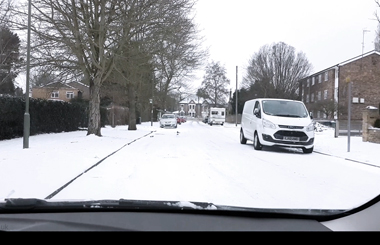
Moving off in snow/ice.
If the car wheel spins when moving off in snow then you could try pulling away in 2nd. |